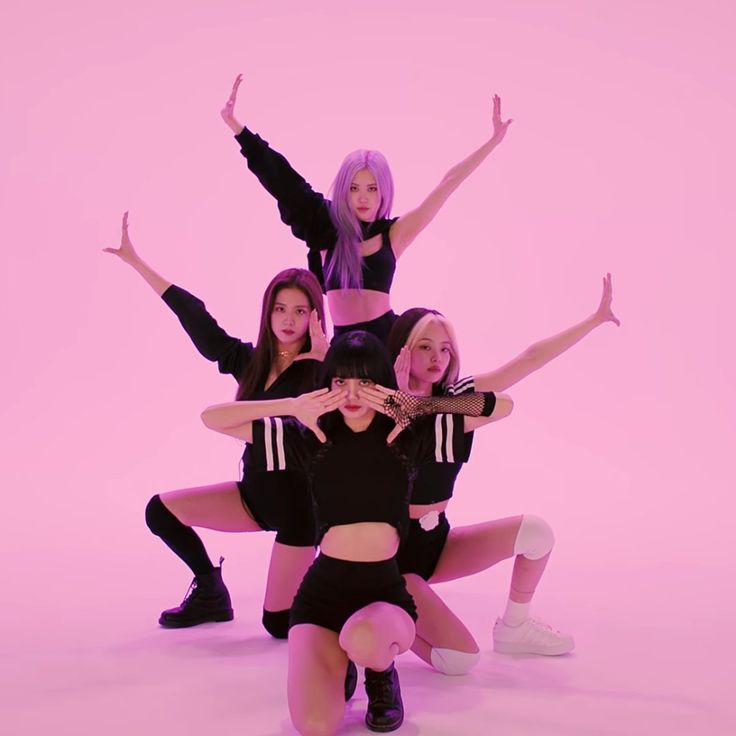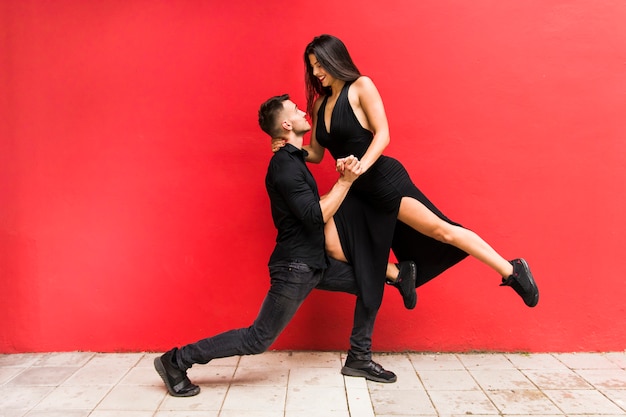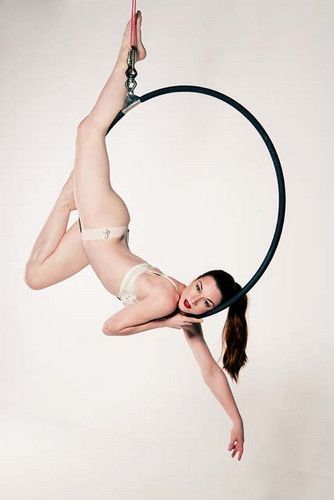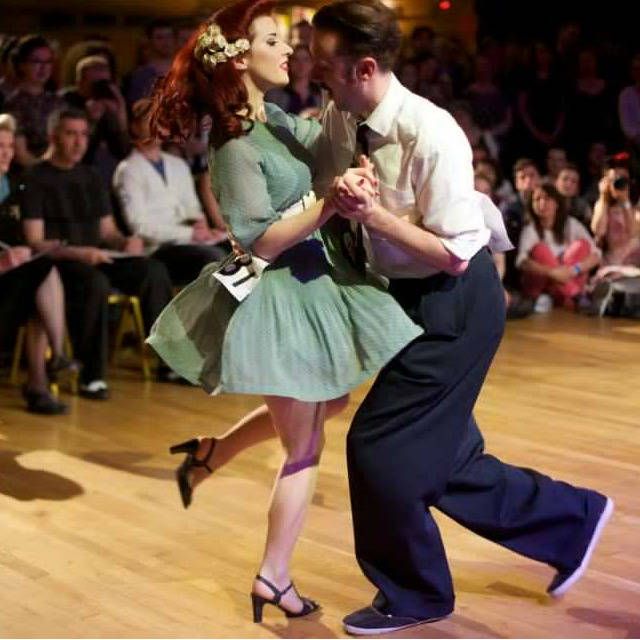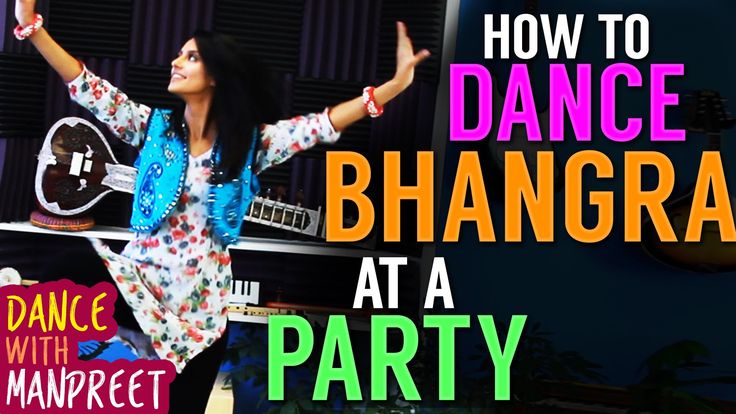How to dance solo
6 Ways To Get The Most Out Of Your Solo Practice
Solo practice is essential for anyone to develop their dancing, and to be a better partner. Depending on your situation, solo practice may also be a practical necessity. Whatever the reason for doing it, these are 6 ways to get the most out of your solo practice.
Advertisement[pro_ad_display_adzone]
When many of us think of practicing, we think of practicing with our partner. For many, that is not always very easy.
- Your partner might live a good distance away.
- You and you partner might have schedules that do not always work well together.
- You might be in a pro-am partnership, where the availability or cost of practicing with your pro limits the opportunities.
Even if you do not have any of these challenges, solo practice provides a different type of development opportunity than your couple practice, so it should never be ignored. Set one or more goals for the practice before you start: It is very easy to waste time or get bored and quit early when you do not have the interaction with your partner or a coach to keep you focused. If you have one or more specific goals, this will be less likely to happen. If you commit to achieving your goals by the end of your practice, you will absolutely not waste time or get bored.
Focused Foot Rounds
Review your choreography and the specific placement of your feet relative to the line of dance. Do this from different starting positions on the floor. Both leaders and followers often learn and remember choreography based on the cues from their partner. Understanding the routine without these cues will make it clearer in your mind, and will allow you to be more adaptable to any floorcraft variations that may be needed in a competition. This type of practice also provides an important opportunity to be very specific about your foot placements, and make corrections where needed.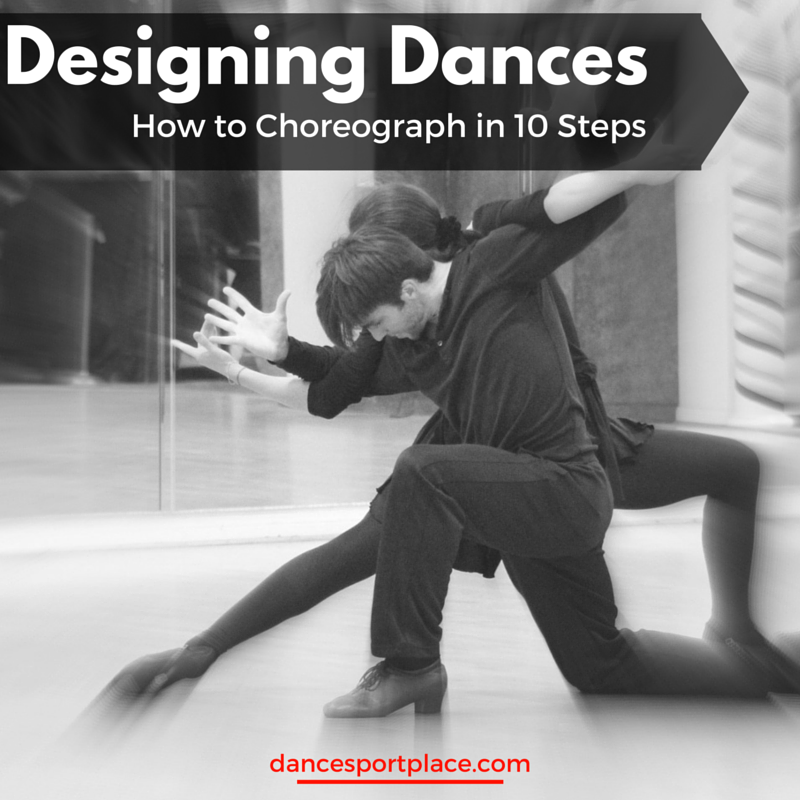
Picture Perfect Lines and Body Positions
Go through your steps and transitions slowly, while watching yourself in the mirror. You can also videotape yourself using a smart phone. This will open your eyes very clearly to any needed adjustments to your posture or position. This need for adjustment may not be as evident to you when you are with a partner. Ballet and other solo dancers sometimes struggle with partnering when they first learn ballroom dancing, but they excel in understanding how to show clean lines and technically accurate positions. This is because for them, solo practice in front of a mirror is the main type of practice. Ballroom dancers also benefit from this approach to practicing.
Show “Show-Stopping” Balance
Solo practice is a great opportunity for you to work on your personal balance. A great exercise is to stop yourself at various points in your movement, to test your balance and control. Unless you are in mid-air, or at a point in your choreography where you would be leaning on your partner with most of your body weight, you should be able to stop and hold yourself in balance at any point.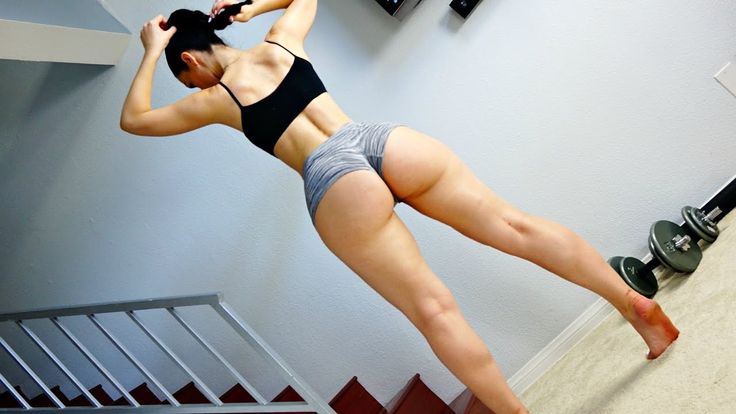 If you can’t, repeat the move until you find the positioning and body stability required to stop on a dime. Doing this repeatedly for the parts of your routine where your balance is weakest, will give you amazing muscle memory for balance in general. Your dancing will also look much cleaner because it will train you to be fully engaged and in control of your body at all times.
If you can’t, repeat the move until you find the positioning and body stability required to stop on a dime. Doing this repeatedly for the parts of your routine where your balance is weakest, will give you amazing muscle memory for balance in general. Your dancing will also look much cleaner because it will train you to be fully engaged and in control of your body at all times.
Perfect the Pain Points
Everyone has a few things that are a bit challenging to do well consistently. Your solo practice time is all about you, so you do not have to work on anything other than that which will help you the most. It is a great time to go over those one or two challenging steps and tricky points of technique until they feel like they are your personal points of strength. Try different approaches to the moves until you feel strong, accurate and comfortable. Go through them slowly at first, then aim for double speed as you improve. With both ends of the speed spectrum feeling solid in your solo practice, they will feel like a breeze when you do them at the right speed with your partner.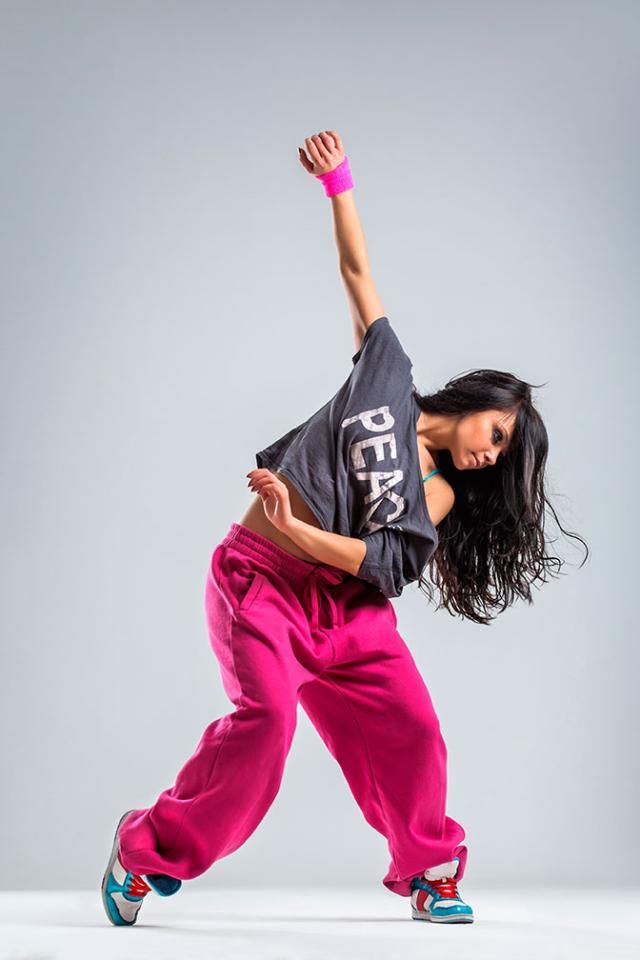
Dance Your Routines at the Right Speed, to the Music You Don’t Like
It is interesting how much we unconsciously depend on the momentum of a partner to manage timing. This is especially true for fast ballroom dances such as Viennese waltz and Quickstep. It is also interesting how much terrible music can impact your dancing. If you can connect to irritating music when you are alone, it will be easy to connect to good music when dancing with your partner.
Explore Dancing in a Creative and Unrestricted Way
This is an amazing and wonderfully beneficial thing to do with your partner. When you do it alone, you may feel even freer, and may get even more out of it. Forget steps, choreography or even the fact that you are a ballroom dancer and just move to the music. Undoubtedly, you will find expression inside you that will feel wonderful, and will ultimately help you to find your unique spirit, so you can show it in all of your dancing.
Author: Miss P
Photography: Egorich.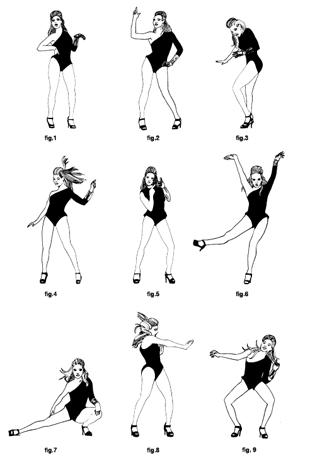 ca DanceSport
ca DanceSport
Exclusively for Dance Comp Review
How to Pick Music for Your Dance Solo – CLI Studios
Picking music can be a really exciting part of a competition solo, but it can be unnecessarily stressful too! Even if you don’t consider yourself a music buff, you can still find the perfect song that both complements and challenges your performance and dancing style.
While you may know about the obvious routes to choosing music (hello, New Music Friday playlist on Spotify!), there are some lesser-known techniques to help you find a great song you can really vibe with.
Once you have found a collection of music you like, how do you decide which one is the right fit for your solo or competition performance? Let’s find out!
Finding New Music
If you’ve been tasked with finding your own song for your solo, you’re going to want to sharpen your skills of music discovery. You may have a library full of popular songs and great music, but our music tastes don’t always match our style of dancing. Also, it can be a great idea to try and find a song that both complements and challenges you a little. Searching for new music can be a great way to choose something that fits you just enough, but also provides something exciting and different to your dancing!
Also, it can be a great idea to try and find a song that both complements and challenges you a little. Searching for new music can be a great way to choose something that fits you just enough, but also provides something exciting and different to your dancing!
Finding a new song that you like dancing to is one of the best feelings in the world. So, even if you have a few ideas already in mind, try searching anyways. After all, as an artist, you can learn a lot from hearing something new!
Intelligent Playlists
One of the most common and dancer-recommended ways to find new or newer music is to use your own library and favorite artists as the jumping-off point, then allow intelligent algorithms and the suggestions of the music community to do the rest!
If you use a music streaming service like Spotify, Apple Music, or Pandora, you are probably familiar with this kind of playlist. With Pandora, you can create a “radio” based on your favorite artist or album and can find music that is similar to what you already enjoy. On Spotify you can do the same for a particular song, or click on the “Fans also like…” tab to see what other listeners of your favorite artist or band listen to. On Apple Music, you can create Smart Playlists with a range of different qualifications, like choosing songs that have a “zero play count.” This is great to choose music that you saved once but never played again!
On Spotify you can do the same for a particular song, or click on the “Fans also like…” tab to see what other listeners of your favorite artist or band listen to. On Apple Music, you can create Smart Playlists with a range of different qualifications, like choosing songs that have a “zero play count.” This is great to choose music that you saved once but never played again!
CLI Conservatory dancer Megan Goldstein says “I feel like Spotify is a great source to find music… I usually find one artist that I like and go from there, by clicking on their albums or on similar artists. Also, on Spotify, the Discover Weekly Playlist is a great way to find new music!”
Blogs and Podcasts
A less obvious way to find new or newer music is to read or listen to reviews of songs and albums! By doing this, you get a lot of behind-the-scenes information that can actually inform not only the production of your solo but also the way you relate to music as a dancer. Hearing a musician or producer explain the process of creating music can deepen your understanding of the songs you’re listening to.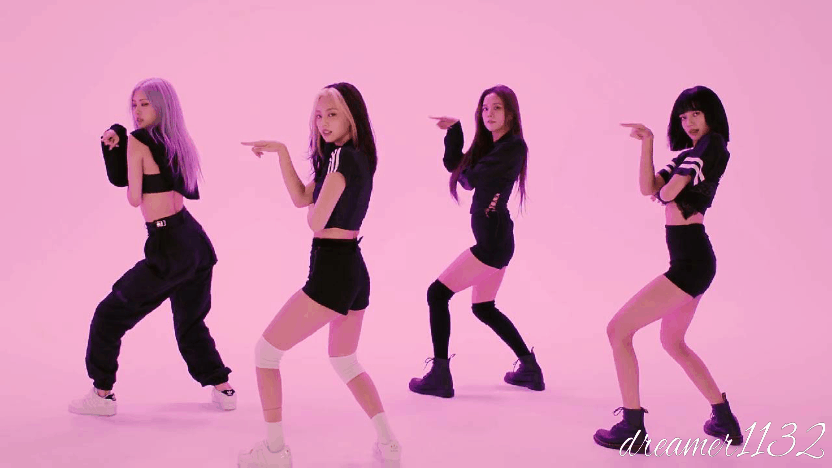 And, you get to learn about new music in the process, or you get to learn more about popular songs you already know and love!
And, you get to learn about new music in the process, or you get to learn more about popular songs you already know and love!
Popular music blogs are Pitchfork, The Guardian, Paste, and NPR. Popular music podcasts are The Song Exploder and All Songs Considered. If you want a really rich experience while you search, try Tiny Desk and Colors Show on Youtube.
Be an Active Listener in Daily Life
Speaking of a richer listening experience, you can practice active music listening whenever you hear music playing!
If you are watching a movie and you like a song you hear, check out the whole movie soundtrack. There might be songs or parts of songs you didn’t hear that you’ll love! If you’re hanging out and having fun with friends and they play a good song, don’t hesitate to ask them who it’s by. If you’re out shopping and you hear a song in the background that you’re interested in, Shazam it!
The more you train your ear to listen for good songs, the more you’ll start to find daily.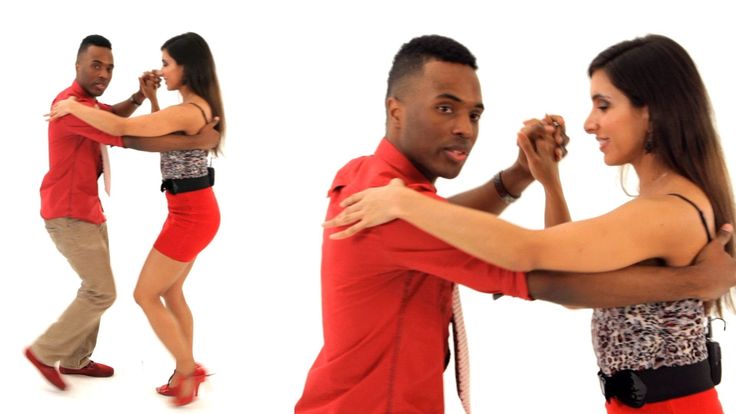 It’s science!
It’s science!
Picking the Right Song for Your Solo
Okay, so now you’ve got a music library to die for, and you have to choose one to dance to. What now?
CLI Conservatory dancer Emiliano Jimenez has a specific process for finding a song for solos that he choreographs for himself or other dancers. He says, “I start with the visuals and the choreography. I’ll be talking to someone I’m choreographing a solo for, and I’ll start imagining what colors they remind me of, and what kind of movement I see. I think, ‘Do I want to do something that reflects them or do I want to do the opposite?’”
Emiliano says that after he has begun to create choreograph, he will spend hours searching for the right song! His approach is to create choreography with a vision first and choose the music second. “I would love to have a composer. I think that finding a song after you have movement is harder, but it’s the way I like to do it,” he says.
Whether you create movement first, like Emiliano, or your dancing is inspired by music you’ve heard, like Megan, we’ve got a few tips for narrowing down your options.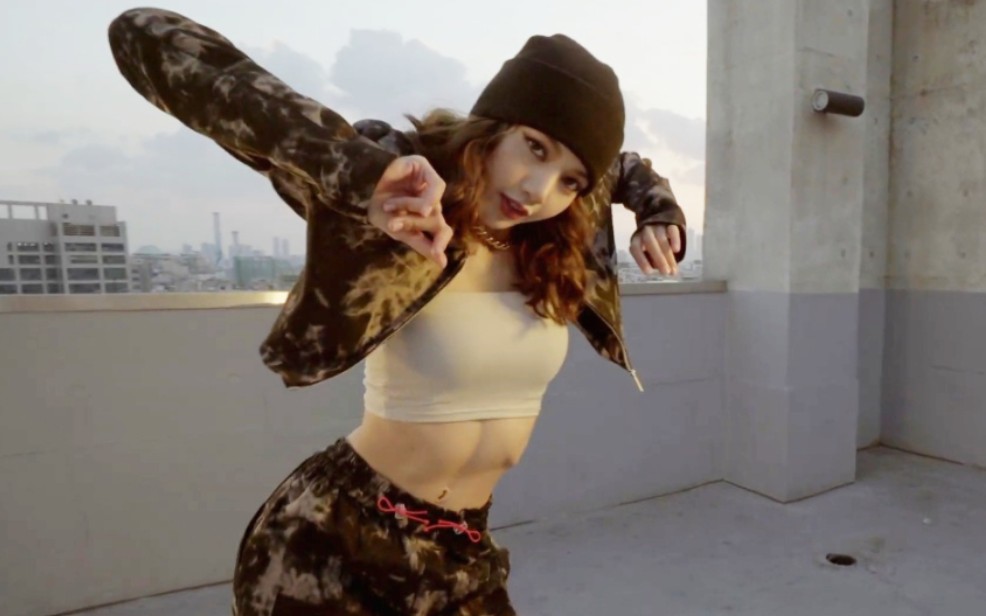
Narrow it Down
If you have a few options you like, it’s probably time to start dancing to them! Taking the time to improvise and record yourself dancing is one of the best ways to see if you really vibe with a song. But, it’s important not to stress over parts of the song that you don’t have any inspiration for yet. The process of rehearsal and choreography is a creative one, meaning you have time and space to figure it out! If the song feels overall like a good fit, it probably is. (And, oftentimes the parts of a dance that we are most worried about can become our favorite later on!).
If you have a song you like but you’re worried it’s too popular, you can find a cover, a translation, or a live version. These different variations will inform your performance in subtle but important ways and can be a really interesting way to stand out from the crowd on stage. You can choreograph to the audience sounds in a live recording, or feel more free in your movement dancing to a song that is in a different language.
TIP: It’s also a good idea to listen to your song in both headphones and stereo speakers, as your dance music may sound different in each. It’s easier to pick up on the smaller details when you are wearing in-ear headphones. CLI Instructor and Justin Timberlake’s choreographer Marty Kudelka even wears “in-ear monitors” to hear every single accent in a song before he choreographs to it. These are the special type of headphones that live performers wear onstage! No need to get that fancy, but it goes to show that the way music is heard really does matter.
Editing and Other Concerns
If your solo is for film or a large show, you may have to make decisions about usage and editing based on the copyright of the song. If, however, the solo is for a dance competition or a smaller show, you probably have less to worry about. If you try to post a video to your social media, later on, you may come across copyright issues if you do not have explicit permission from the artist to use a song.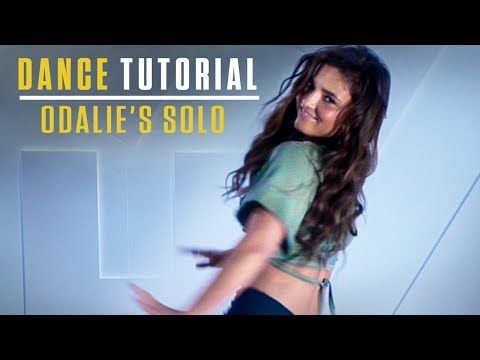
But, that stuff is a bit more complicated, and not what we’re focused on in this article! So, let’s assume you can use the song you’ve chosen, and that you have free reign to edit the song as you choose. If you know that you have editing capabilities or have access to someone who does, this knowledge can aid your song choice. If you don’t like a certain part, the intro is too slow, or the ending isn’t strong enough, you can change it with editing! Garageband is an Apple app that comes pre-installed on Mac computers and is super user-friendly.
So, when you are selecting music, don’t dismiss songs right away if they aren’t perfect. Instead, think of the ways you can play around with it! Emiliano mentioned that he will occasionally add beats and rhythm underneath songs that he thinks are “too chill” for his dance style, or will add space and musical pauses in songs that go too hard for too long.
Lastly, we’ve given advice assuming that you are in charge of the song and maybe the choreography for your solo. If you are in a collaborative process, or you aren’t in charge of picking your own music, you can always show choreography and songs that you like to the person who is choosing the song. It could be a good idea to assemble a playlist of songs that inspire you and that you’d like to dance to on stage. Think of it as a musical mood board. Then, your choreographer or collaborator can act as the intelligent playlist and pick the perfect songs they think fit the vibe you’ve shown them!
If you are in a collaborative process, or you aren’t in charge of picking your own music, you can always show choreography and songs that you like to the person who is choosing the song. It could be a good idea to assemble a playlist of songs that inspire you and that you’d like to dance to on stage. Think of it as a musical mood board. Then, your choreographer or collaborator can act as the intelligent playlist and pick the perfect songs they think fit the vibe you’ve shown them!
If you need some inspiration, check out CLI Studios library of on demand classes to see what music choregraphers are choosing!
Latina Solo - Latin lessons for beginners in St. Petersburg at the Show Time dance school
Home \ Directions \ Solo Latina (solo Latina)
You can get acquainted with the prices here Prices
See all current promotions here 95, +7 (911) 762-51-70;
| | | | |
| Tue, Sun | 20:00, 19:30 | Sofia Kondratenkova | Recording |
| Fri | 19:00 (2 hours) | Alexandra Zueva | Open group |
| sat | 14:00 | Xenia Kolosova | Open group |
| sun | 13:30 | Anastasia Vaida | Open group PRO |
| sun | 14:30 | Anastasia Vaida | Open group |
 Latin dances are mamba, salsa, bachata, samba, cha-cha-cha, rumba, jive, merengue, solo latina and other dances.
Latin dances are mamba, salsa, bachata, samba, cha-cha-cha, rumba, jive, merengue, solo latina and other dances. Solo latina video
Latin dance in St. Petersburg
 At the same time, the intensity of training in our Show Time dance school will make you burn about 400-500 calories per hour for each lesson.
At the same time, the intensity of training in our Show Time dance school will make you burn about 400-500 calories per hour for each lesson. How is solo latin training going?
Latin dance solo training at Show Time studio is divided into the following stages:
- warm-up; warming up muscles before training;
- the main part of the workout with the maximum load. The very middle where we study dance movements and links to them.
- gradual cooling and final stretching.
Tips for choosing clothes and shoes for the lesson
The most important thing is to choose clothes that will not restrict your movements, that you like and that you feel comfortable in! Shoes should have a soft sole, slide, but not very much (not a rubber sole, for example, sneakers will be uncomfortable for you), not hang on your leg, you should be comfortable in it (that is, while dancing, you should at least not think about shoes, and ideally do not remember at all whether it is or not). Czech shoes or shoes from the Latin American ballroom dance program are ideal. And remember, how you move has a huge impact on how you look.
Czech shoes or shoes from the Latin American ballroom dance program are ideal. And remember, how you move has a huge impact on how you look.
Sign up for Latin lessons for beginners!
Many women would like to try their hand at bright and passionate Latin style. Due to the high intensity of the Latin solo dance classes at Show Time, you can find not only a good mood, but also a beautiful figure, health and perfect posture.
We provide training from scratch. Sign up for latin solo lessons for beginners at the Show Time dance school in St. Petersburg at the link or by phone +7 (812) 961-70-95, +7 (911) 762-51-70.
Shares
Dance with us))
All details by tel.:
8 (812) 961-70-70 95
8 (911) 762-51-70
ALL ABOUT STYLE LATINA SOLO AND LADY STYLE | Dance school Cosmo Dance
For those who have always dreamed of doing ballroom dancing, but due to certain circumstances this could not be done, and at this stage of life there was a great desire and free time, but again a problem arose, this is the absence of a dance partner, but in solving Latina solo will help you with this problem, a partner is not needed in this dance.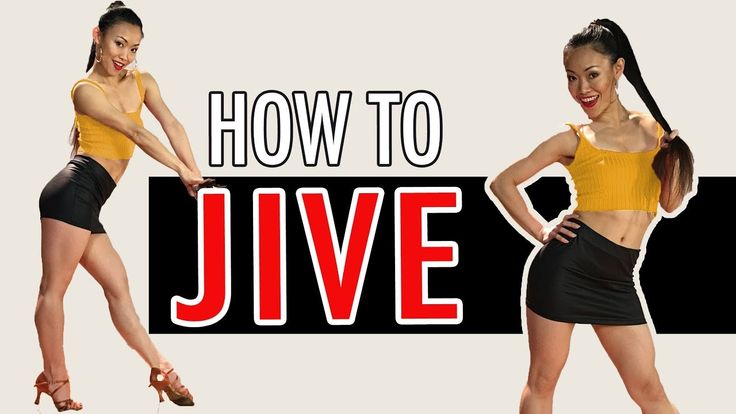
Lady style - this is the group of the entire Latin American scoring system. Including dances of different directions, but which are performed solo, without a partner.
This style of dance originated later than all the standard programs, but just when it became clear that the male half of humanity does not stay in dancing for a long time, and most often women and girls are interested in dancing. Even if the boys started going to dances, they quickly abandoned this business and it is very rare when a dance partner devotes his life to this business.
Frequent cases when a dance partner refused to dance just before the performance and became the main impetus for creating such a style in choreography as solo latina or Lady style in another way, where a partner is not needed.
Such a solo dance sunk into the soul of many girls who are professionally engaged in dancing, but ordinary girls also fell in love with it. Some schools and dance studios that did not even have any kind of ballroom dancing also began to introduce such lessons, because recently it has become popular.
Now Lady style lessons can be attended by every girl who wants to learn how to move beautifully, smoothly, and age and some serious dancing skills are absolutely not important for this dance. The main thing is that you are driven by a great desire to learn.
What does lady style consist of
Now let's take a closer look at each individual dance style that is included in solo latina. All of them are united by common Latin American ancestors and therefore they have a lot in common and at the same time they are quite different.
Bachata is a style of social dance that many people enjoy. This dance can be seen right on the streets of cities where this culture is developing and developed.
Kizomba is a dance that occurs quite often. It is performed very sensually and beautifully.
Salsa - sometimes sharp and sometimes slow, both legs and arms are involved in the dance, also belongs to social dances.
Samba is probably one of the liveliest and brightest Latin American dances, it is associated with the carnival in the city of Rio de Janeiro.
Cha-cha-cha is a dance that involves the precise execution of movements and at a fast pace.
Rumba is a very passionate and romantic dance and is very similar to the popular tango dance.
Tango – what is known about it is that it implies straight lines, certain poses, it is not even worth painting. It is quite easy to learn this dance.
Does Latina Solo look self-sufficient in dancing without a partner?
Of course yes! After all, when the dance takes place in a solo performance, it conveys a different mood and meaning.
When a couple performs a dance, then naturally all movements are performed technically, and in the lady style the pattern in the dance is constantly changing. Girls can interact with each other in the dance and many other things you can think of.
When a pair dance is performed, one of the couple is sure to have their backs to the audience, which is practically absent in the lady style. The dancers face the audience almost the entire dance and are completely open to it, but in a pair it is almost impossible to do this.